Masdar City is located in Abu Dhabi, one of the seven members of the United Arab Emirates (UAE). As it is described by its designer the British architectural firm Foster and Partners Masdar City combines state-of-the-art technologies with the planning principals of traditional Arab settlements to create a mixed-use, low-rise, high-density development and desert community that aims to be carbon neutral and zero waste (http://www.fosterandpartners.com/projects/masdar-development/). Masdar City is a work in progress, it is supposed to be terminated in 2020, my following comments therefore are only directed to the Masdar City that I visited the 28th of November 2013.
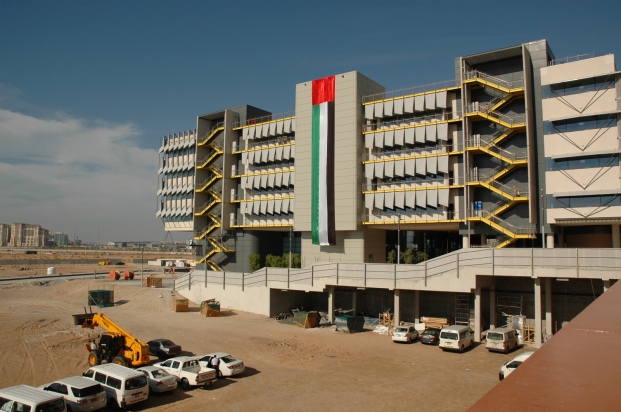
Approaching it is not an easy task there are only two busses (number 163 and 161 every hour) and the journey from Abu Dhabi downtown can take up to one hour and half. Once one has reached the bus stop in Masdar City there is a complimentary car shuttle that drives you to the settlement. I agree with Foster it is truly a desert community or better a cathedral in the desert. The complex is elevated from the ground by an artificial podium which contains the driverless mobility system and other infrastructures. Without knowing truly the reasons for having built this podium I limit my comments to an aesthetic point of you… and my question is: why? Why such an enormous artificial ground? Which is approximately twelve meters high? And also there is so much embedded energy in form of concrete and manpower to build it that is seems to me not truly worth it, besides I ask: is it beautiful to be inside driver less vehicles that move into a lightless podium? Entering Masdar by car feels like entering a fortified city a sort of citadel, but whilst most of the times the edge of an ancient city is truly one of its most spectacular elements in the case of Masdar the edge (which is the podium) looks like an open scar, a back door, it completely lacks a proper entrance.
Once inside Masdar the first thing that one “feels” is a refreshing breeze, which I presume is not only generated by a special wind tower built in one of the courtyards but also by the fact that Masdar is considerably higher than anything around it. The car-free surface becomes one big pedestrian friendly public space, organized on a grid which creates a system of streets and courtyards. Streets tend to be barer whilst the courtyards are designed as spaces for resting and socializing. These are comfortable spaces but I am not sure how well trees will grow in the future considering that they stand on an artificial platform. Also I do not know how the rest of Masdar will be built but I suspect that if this platform system is going to be extensively used this will make me crave definitely for some “real soil” to soften an otherwise over-designed manscape.
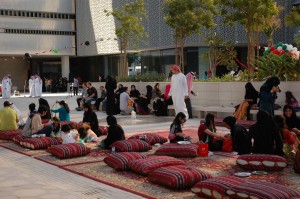
Masdar City is still a very limited development; we are talking of no more of twenty individual buildings, these are quite different from each other in terms of materials and shape, yet they share a consistent ground which is capable of giving unity to the composition: this is very important. It is easy to fall into a sort of expo feeling development; a sustainable city should not be a catalogue of sustainable buildings but an attempt to create a sustainable society starting from the common good: the public space.

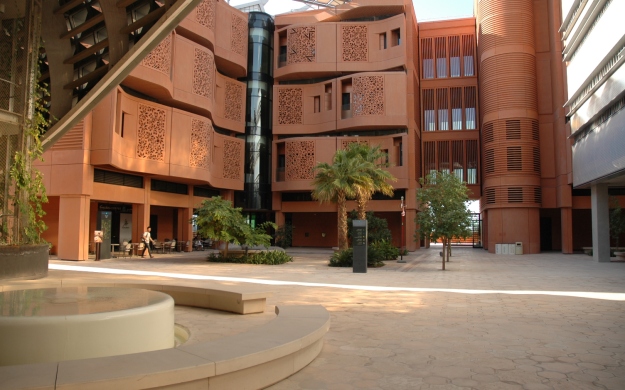
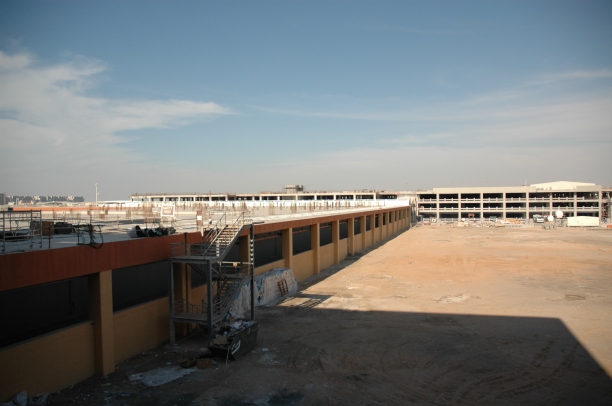
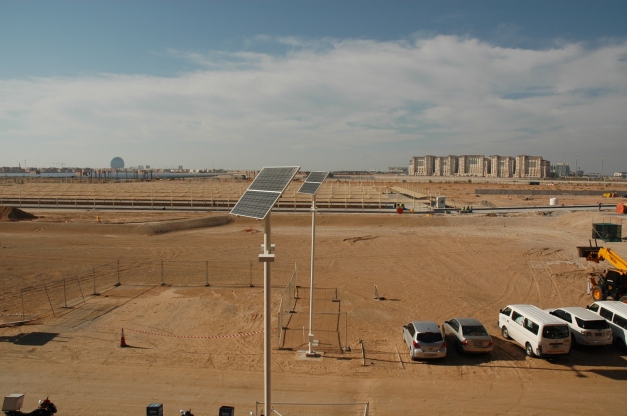
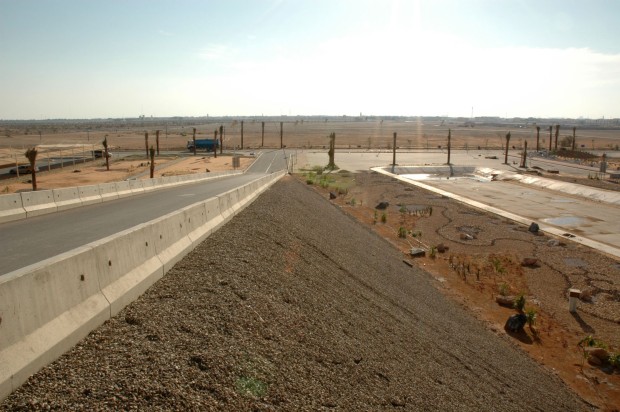
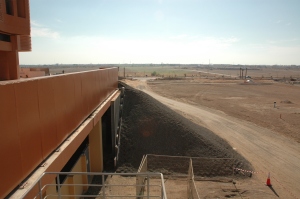
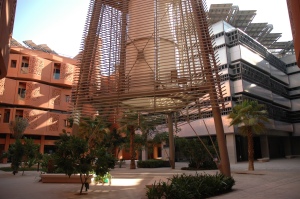
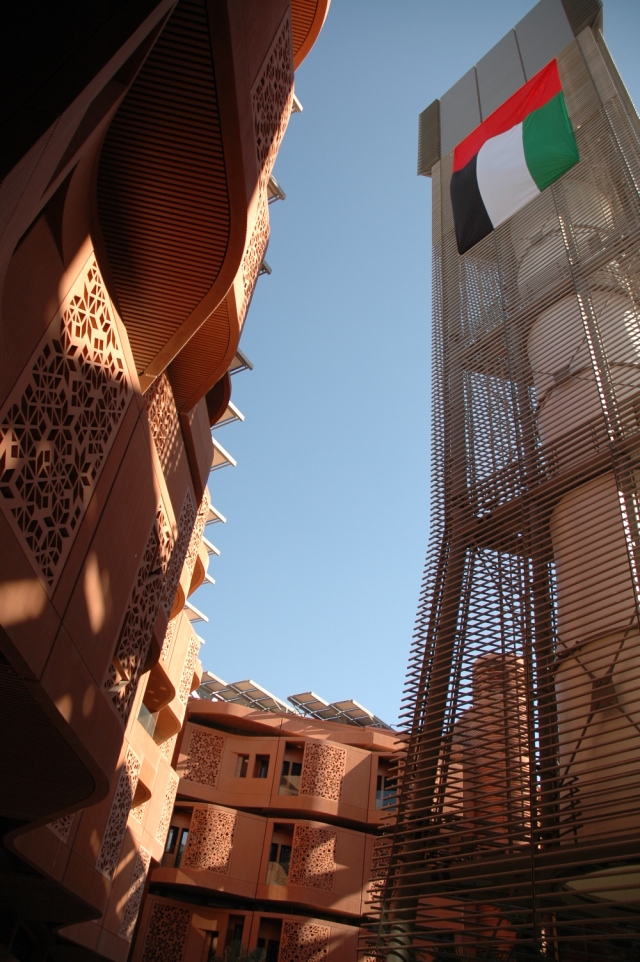
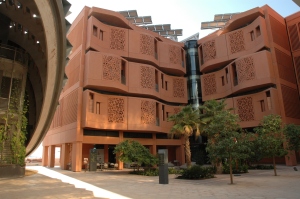
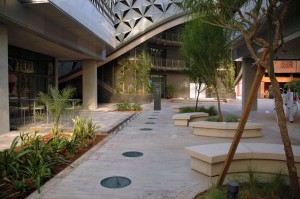
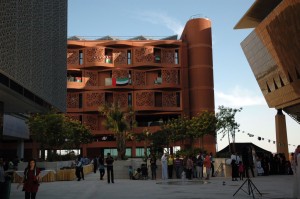

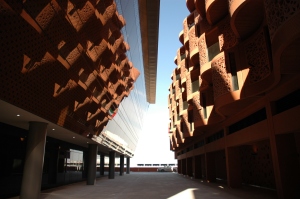
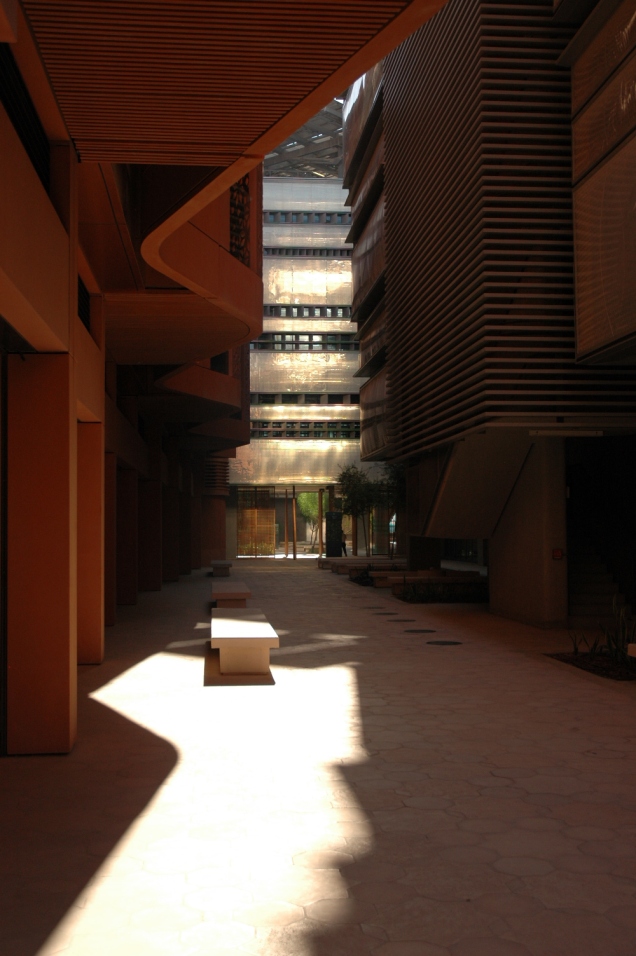
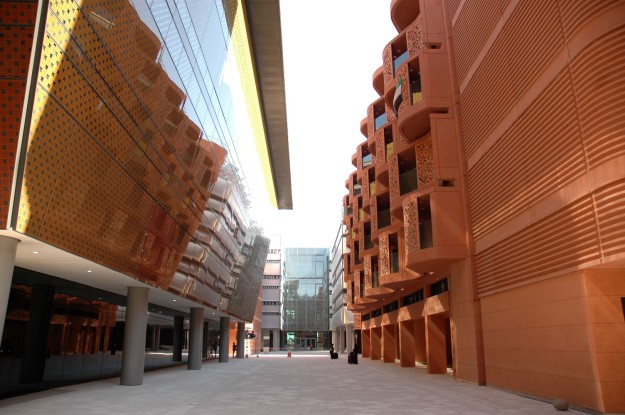
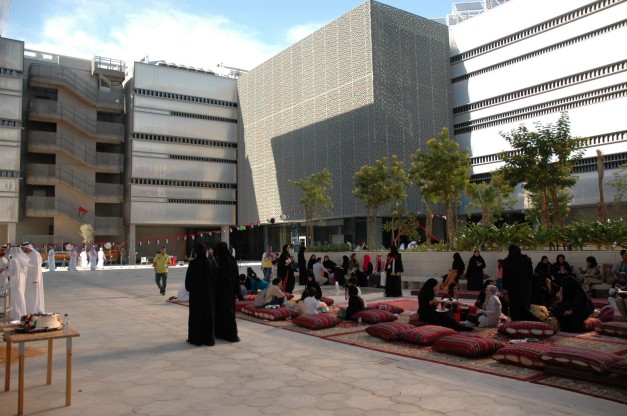
Thank you, I often wonder about this project. Good pictures!